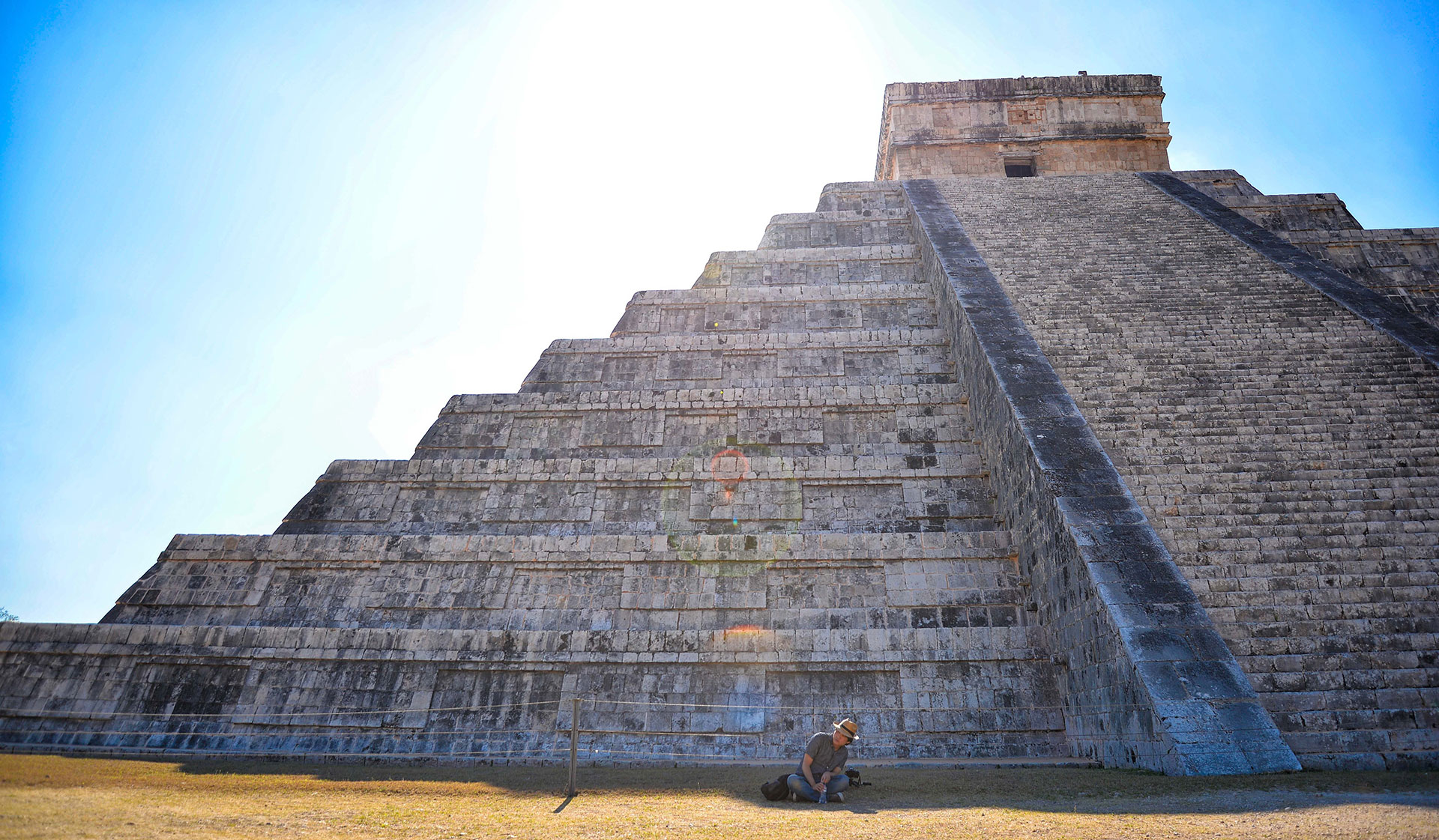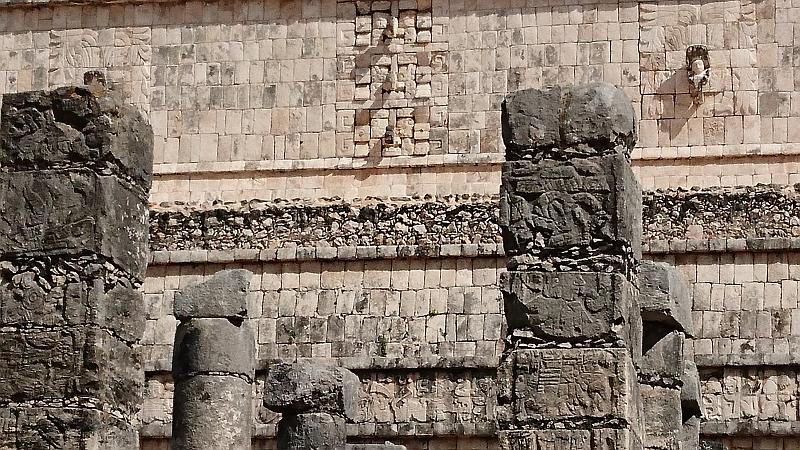
The main purpose of UNESCO World Heritage Convention is to identify the universal cultural and natural values in the world. Chichen-Itza is one of the best examples of a universal cultural value.

The most important reasons for being World Heritage Site:
The site's status of authenticity at the time of its inscription was preserved. Eventhough, the use of the property as a venue for unrelated cultural events has created a debate about the influence of these activities on the site's conservation and authenticity. Enforcement of regulatory measures and protection mechanisms are essential to ensure that the site's usage and function, as well as its character, are preserved.
Chichen Itza is a protected archaeological monument by the 1972 Federal Law on Monuments and Archaeological, Artistic and Historic Zones and was declared so by a presidential decree in 1986.
The site remains open to the public 365 days of the year, receiving a minimum of 3.500 tourists per day. The number of visitors can reach the 8.000a day in the high season. As a result, the site requires constant maintenance and attention in order to avoid deterioration of its prehispanic fabric.
Yucatan is the only state in Mexico where two institutions are involved in the management of archaeological sites: the National Institute of Anthropology and History (INAH), which is in charge of the care and conservation of the archaeological site, and the Board of Units of Cultural and Tourism Services of the State of Yucatan.
Chichen Itza has then been a World Heritage by UNESCO since 1988 and a World Wonder since 2007. It stood out as a cultural and political site of old Mayan Civilization and was one of the greater settlements in the center and northen part of the Yucatan Peninsula.